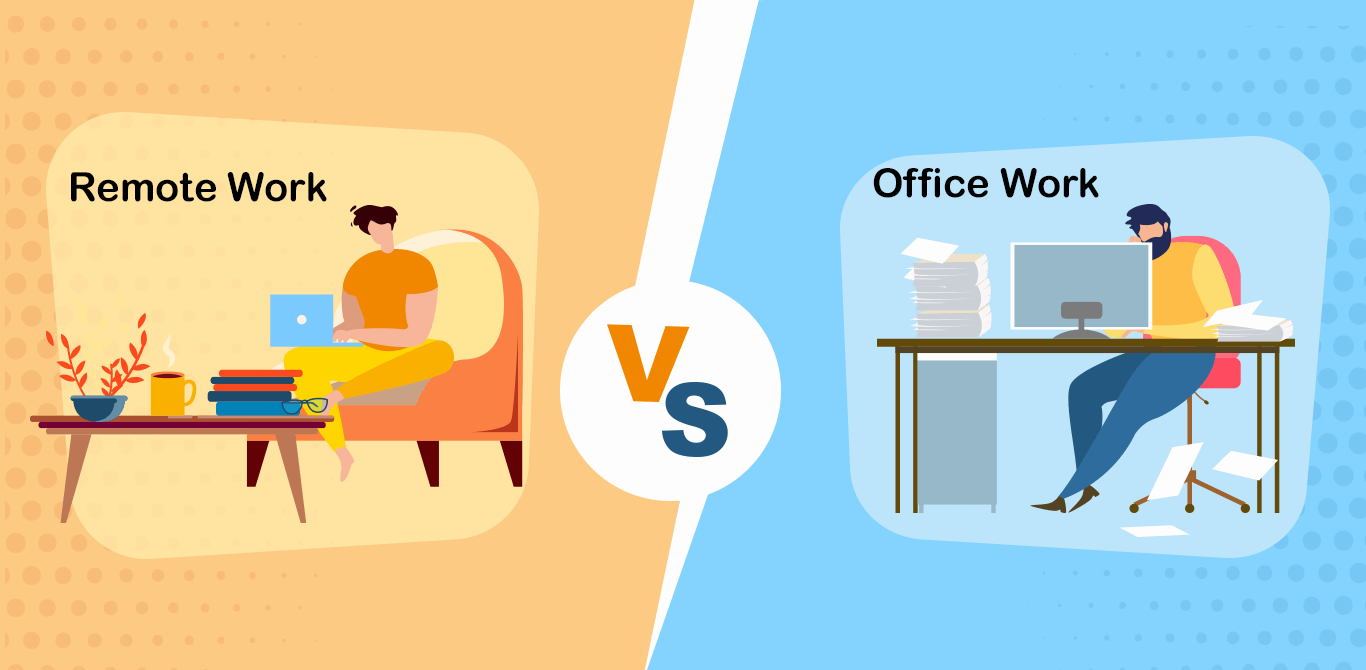AIM Uncovered
Exploring the latest insights and trends in technology and innovation.
The Secret Life of Remote Work Software: More Than Just Zoom
Unlock the hidden features of remote work software that go beyond Zoom and revolutionize your team's productivity today!
Unlocking Productivity: The Hidden Features of Remote Work Software
In the era of remote work, productivity hinges not just on individual effort but also on leveraging the hidden features of the tools at our disposal. Most remote work software comes loaded with capabilities that, when fully utilized, can transform an ordinary workday into a highly organized and efficient experience. For instance, tools like task management apps typically allow users to create checklists, set deadlines, and even assign tasks to team members, ensuring everyone is on the same page. Additionally, many platforms offer integration with calendars to provide timely reminders, which can significantly boost team accountability.
Moreover, collaboration features in remote work software can unlock unparalleled productivity. Many programs include real-time messaging, video conferencing, and file-sharing options that promote seamless communication among team members regardless of their location. Utilizing these features not only enhances teamwork but also encourages creative brainstorming sessions. To maximize productivity, teams should explore lesser-known functionalities, such as custom automation or analytics dashboards, which can provide insights into time management and task completion rates, further streamlining workflows and enhancing overall performance.

Beyond Video Calls: Essential Tools for Effective Remote Collaboration
While video calls have become synonymous with remote communication, there are several other essential tools that can significantly enhance remote collaboration. These tools not only help teams stay connected but also facilitate better project management and workflow efficiency. For instance, project management software like Trello or Asana allows teams to track progress, assign tasks, and collaborate in real-time, ensuring that everyone is on the same page.
Moreover, utilizing cloud storage solutions such as Google Drive or Dropbox can streamline file sharing and document collaboration. These platforms enable teams to collaborate on projects simultaneously, reducing the time spent on email exchanges. Additionally, incorporating communication tools like Slack or Microsoft Teams can enhance team engagement through instant messaging and channel-based discussions, going beyond the limitations of basic video calls and fostering a more integrated remote collaboration experience.
What Makes Remote Work Software Effective? Exploring the Key Components
Effective remote work software is essential for fostering productivity and collaboration among distributed teams. One of the key components that contributes to this effectiveness is user-friendly design. Software that is intuitive and easy to navigate minimizes the learning curve, allowing employees to focus on their tasks rather than struggling with complex interfaces. Additionally, ensuring that the software is compatible across various devices and operating systems enhances accessibility, which is crucial for remote teams that may be using different tools and platforms.
Another important factor to consider is the software's integration capabilities. Successful remote work software should support seamless integration with other tools that teams regularly use, such as project management applications and communication platforms. This not only streamlines workflows but also fosters better collaboration and communication among team members. Furthermore, strong security features are non-negotiable; protecting sensitive information with robust encryption and secure access protocols ensures that remote work does not come at the cost of data integrity.